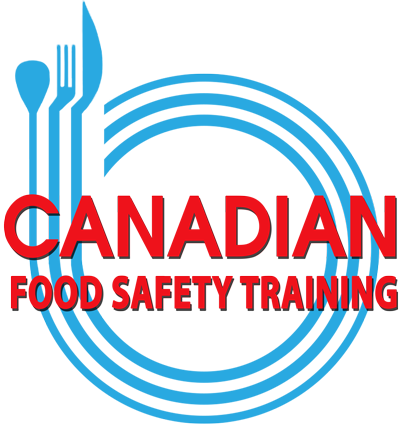WHAT IS STAPH FOOD POISONING?
About 33 percent of us coexist peacefully with Staphylococcus bacteria (staph) during our day-to-day lives. These bacteria reside on our skin and in our noses, and as long as they stay put, they don’t cause any issues.
However, if these hardy little microbes escape and infect other areas of our bodies or get into foods, they can become a problem.
Not all cases of food poisoning are caused by spoiled foods, like rotten meat and moldy vegetables. Staphylococcus aureus bacteria are behind many cases of food poisoning.
HOW CAN YOU GET IT?
You are most likely to get staph food poisoning by eating foods prepared or handled by someone who hasn’t washed or covered their hands, especially if the foods are then left out at room temperature.
The biggest culprits are:
- Sandwiches
- Deli meats
- Baked goods and pastries
- Puddings
- “Salads” like chicken or macaroni salad
- Unpasteurized milk or cheese
HOW DO I KNOW I HAVE IT?
Symptoms most commonly begin manifesting thirty minutes to six hours after consumption and may last for up to two days. They include:
- Nausea
- Vomiting
- Diarrhea
- Intense stomach cramps
- Fever
CONCLUSIONS
Remember the staff in the kitchen can bring the Staph into the kitchen. Make sure Food Handlers wash their hands properly and wear gloves when they have cuts, sores, or bandages to prevent harmful bacteria from being passed into foods.
Book your training at Canadian Food Safety Training and we will help you learn how to be a safe food handler, teach you how to control pathogenic bacteria such as Staphylococcus (Staph), and much more!

